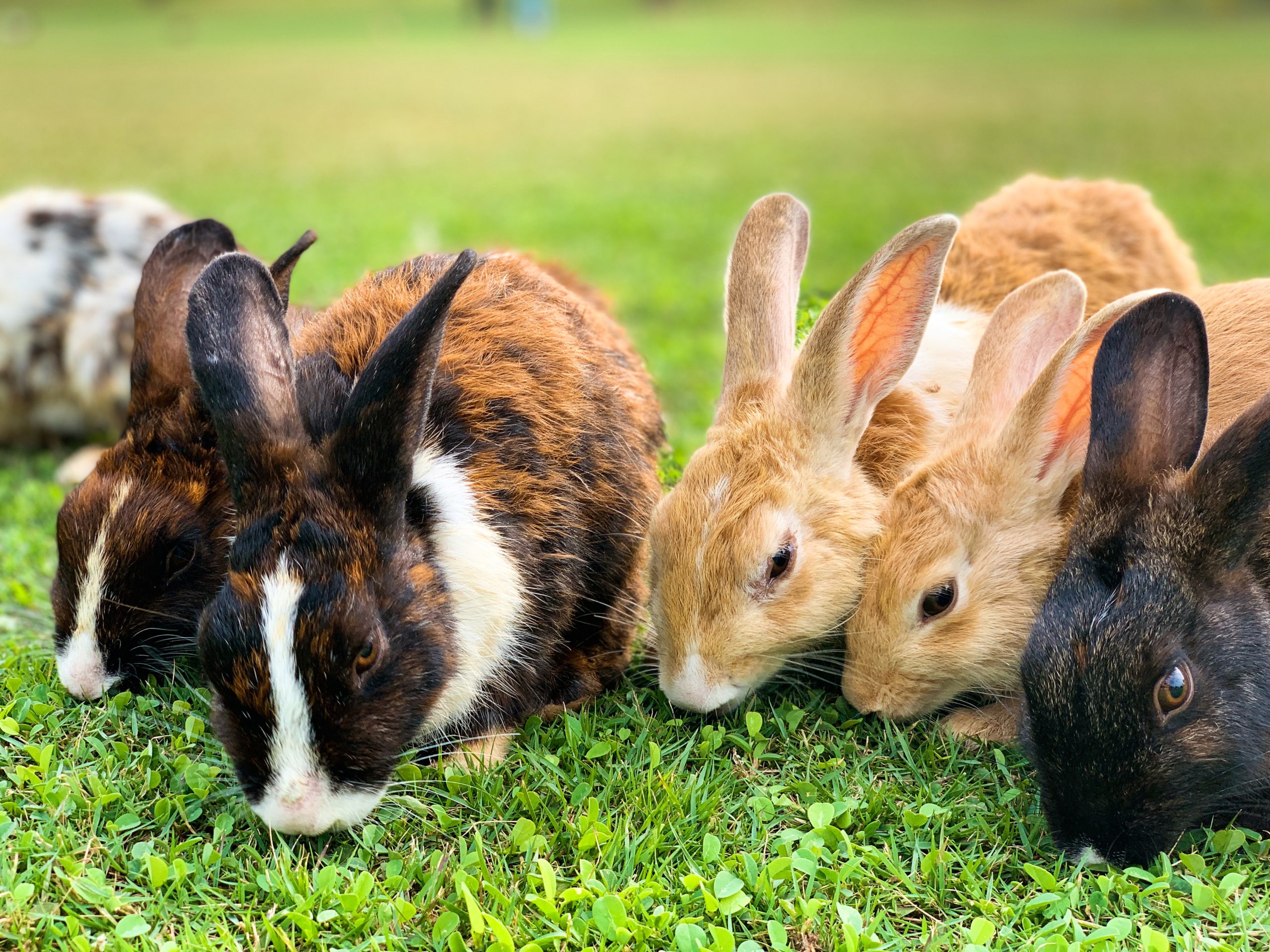Rabbits are fascinating animals with a long history of domestication. From their humble beginnings in the wild to their current role as beloved pets, these creatures have evolved over thousands of years to adapt to their changing environments. In this article, we will explore the diversity of rabbits, both wild and domesticated, and how they have adapted to their surroundings.
Rabbits are known for their fluffy tails, long ears, and quick movements, which are all adaptations for survival in the wild. There are over 30 different species of rabbits found throughout the world, from the cottontail rabbit in North America to the European rabbit in Europe and Africa. Each species has unique physical characteristics that have evolved to help them survive in their particular habitat.
One of the most interesting adaptations of wild rabbits is their ability to burrow. Rabbits create complex underground tunnels and chambers that provide them with shelter from predators and protection from extreme weather conditions. They also use their burrows for breeding and raising their young. This behavior has helped rabbits survive for thousands of years in the wild.
In contrast, domesticated rabbits have been selectively bred over centuries to develop different characteristics, such as fur color, size, and temperament. There are now over 300 different breeds of domesticated rabbits, ranging from the tiny Netherland Dwarf to the giant Flemish Giant. These rabbits have adapted to living in human environments, where they are kept as pets or used for meat, fur, or laboratory research.
Despite their differences, both wild and domesticated rabbits share many similarities. They are social animals that form close bonds with their family members and other rabbits. They communicate with each other through body language, vocalizations, and scent marking. They are also herbivores, meaning that they feed on plants, such as grasses, clovers, and vegetables.
In recent years, rabbits have gained popularity as pets, with thousands of people keeping them in their homes. Social media platforms, such as Instagram and TikTok, are filled with photos and videos of adorable bunnies doing everything from cuddling with their owners to playing with toys. Many people find rabbits to be great companions, as they are affectionate, intelligent, and have unique personalities.
However, owning a rabbit comes with its own set of responsibilities. Rabbits require proper nutrition, exercise, and socialization to stay healthy and happy. They also need a safe and comfortable living environment, which includes a clean litter box and access to fresh water and hay. In addition, rabbits need regular veterinary care, including spaying or neutering, to prevent health problems and unwanted litters.
In conclusion, rabbits are fascinating animals with a long and diverse history. From their wild beginnings to their current role as beloved pets, rabbits have adapted to their surroundings in unique ways. Whether you prefer wild rabbits or domesticated ones, it’s important to understand their needs and provide them with the proper care to ensure their health and happiness.




